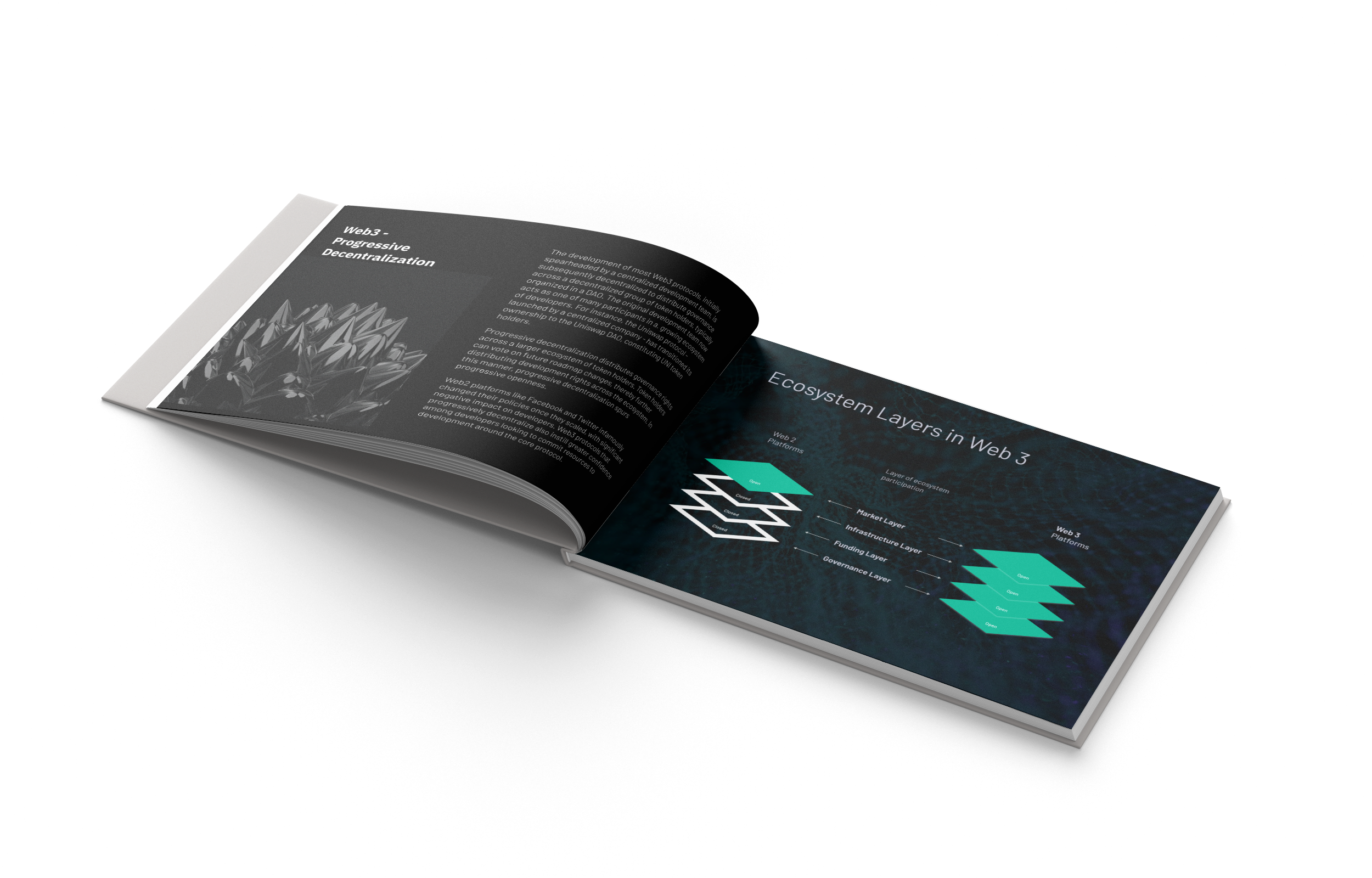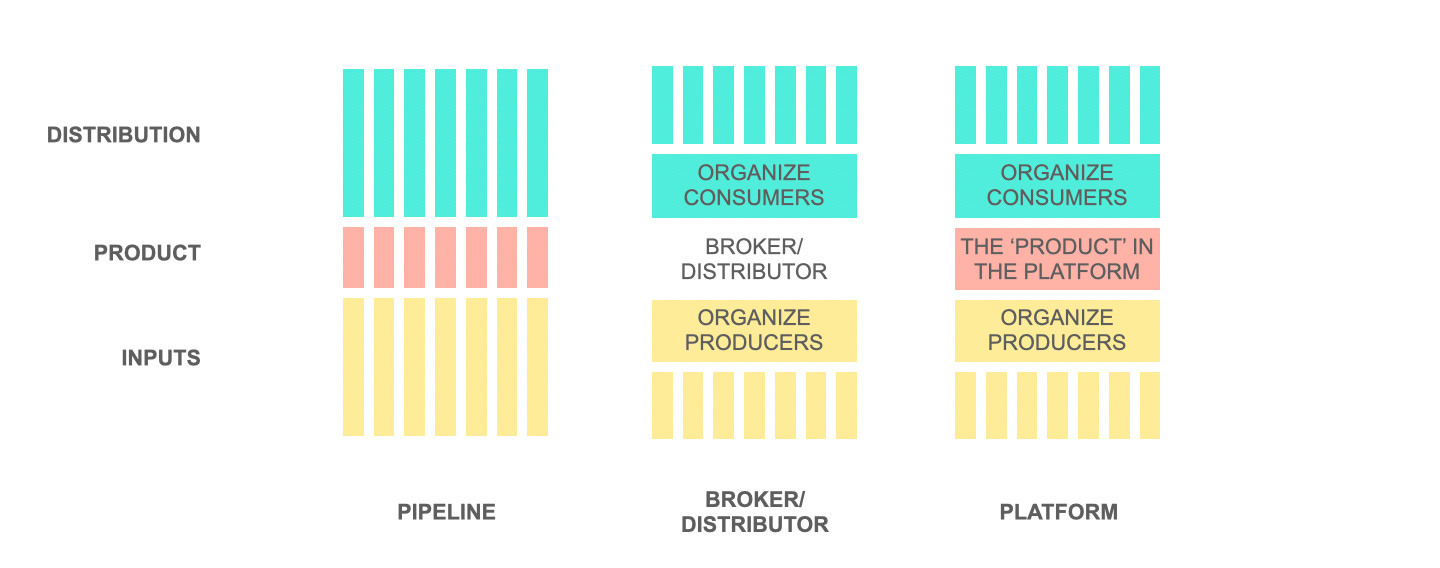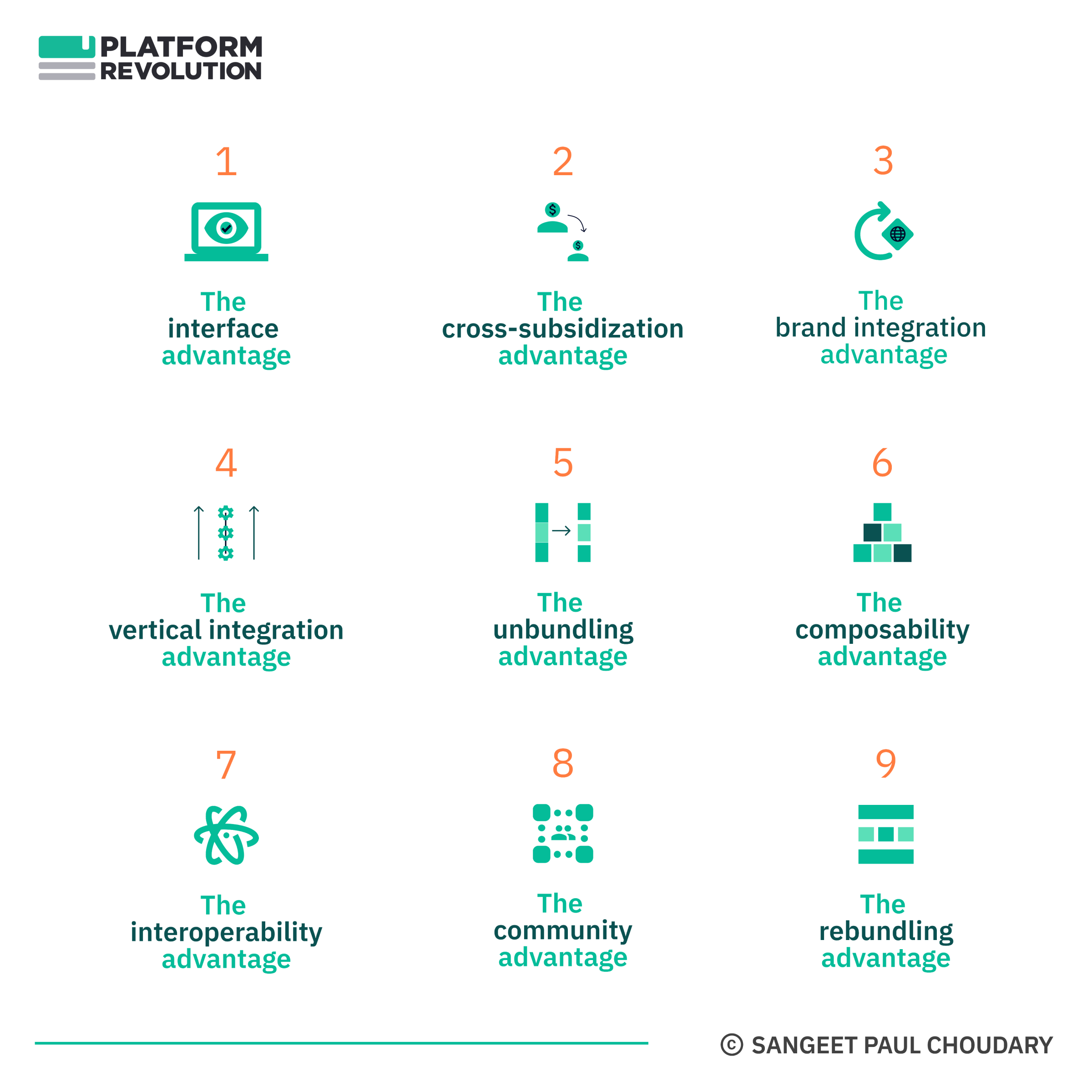Strategy
Web3 Bootstrapping Strategies – Part 1
Leveraging Creative Toolsets & Composable Environments
The web2 bootstrapping playbook – extensively covered in my books Platform Revolution and Platform Scale – was focused on enabling a platform’s core interactions and building out network effects.
Web3 bootstrapping involves many of the same mechanics that scaled Web2 networks. However, bootstrapping Web3 networks requires us to factor in five key differences.
I cover these – and many other topics on building in Web3- in detail in the recently launched Web3 Builders Playbook.
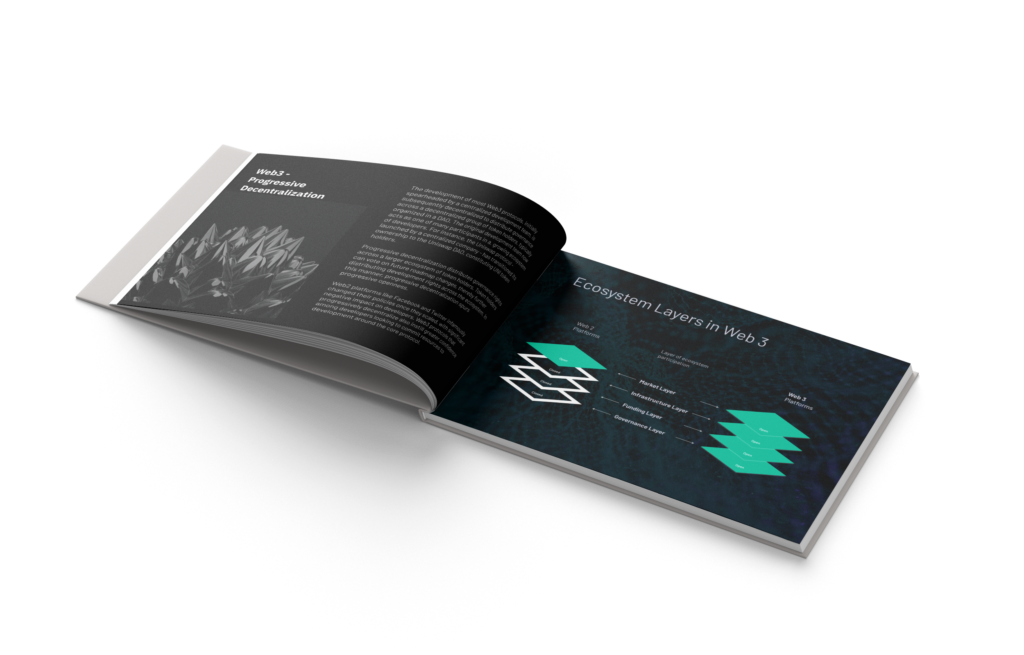
DOWNLOAD THE WEB3 PLAYBOOK
Web3 bootstrapping is poorly understood and strategies to kickstart decentralized ecosystems are still evolving. Understanding these five factors will help you strategize more effectively as you look to build in Web3. We look at two of these below.
Let’s dive right in!
Web2: Creators onboarded on creative toolsets
Some of the largest Web2 platforms built out network effects by focusing entirely on creators and providing them a creative toolset. As producers created and shared content and other products using these creative tools, consumers came on board to consume this content and some of them, in turn, became creators, driving network effects.
Users initially used Instagram to take a picture and apply one of the many Instagram filters. These filters, as well as the simple three-step workflow, reduced creative friction and encouraged users to become content creators. Instagram users were prompted to share pictures on Facebook as part of the creation workflow. As the pictures spread across Facebook, Facebook users came onto Instagram as consumers, and started creating in turn.
Collaboration tools like Figma and Canva, similarly use a creative toolset to onboard creators who then onboard their collaboration networks.
Web3: Creators build in composable environments
Web3 composability allows developers to leverage existing modular programs and build on top of them. This provides an additional tool in our bootstrapping arsenal.
In addition to benefiting from creative toolsets provided by the platform, Web3 creators can engage further as part of a larger composable environment, working with other creators, building on top of other creations, and benefiting not just from platform resources and their own ingenuity, but the innovation of all other creators in the ecosystem.
On most Web2 platforms, creators had limited creative benefits from the participation of other creators. Web2 platforms benefit from positive indirect network effects (i.e. more producers attract more consumers and vice versa) but direct network effects for creators are weak or negative (e.g. more creators may mean greater competition for the same consumers, leading to lower value for every creator).
On the other hand, Web3 platforms benefit from positive direct network effects because of the composability of creation environments.
Every creator benefits from the creations of every other creator, all of whom constantly contribute to an ever growing library of components.
Composability allows dApp (decentralized applications) developers to leverage existing code and interoperate across an entire ecosystem of dApps.
Composable content
Composability isn’t limited to product development. For instance, NFT-based ownership and value accrual creates the perfect conditions for composability across a host of creative environments.
For instance, Tally Labs’ novel ‘Bored and Dangerous’ builds on the popularity of the Bored Apes Yacht Club (BAYC) and the larger Bored Apes universe to allow holders of Ape NFTS to submit story contributions based on their characters. In doing so, these NFT holders license their IP to Tally Lab and can participate in sharing 50% of net profits from the book.
Getting composability wrong
Composability is a necessary weapon in our Web3 bootstrapping arsenal but not sufficient. Communities also need guiding narratives and shaping direction. Composability without direction may not yield the desired outcome.
For instance, the Loot Project – self-described as “an on-chain ecosystem of interconnected stories, lore, games, art, and multimedia” – illustrates the limits of ecosystem innovation in composable environments.
Loot bags – randomised prompts for adventure gear – are issued as NFTs and innovation is left entirely to the ecosystem. There is absolutely no standalone value or utility in owning a loot bag. However, loot bags are composable and any innovation around these NFTs work together and scale out value in the ecosystem. Instead of building a game and allowing users to build in-game adventure gear, Loot started as prompts for adventure gear with the hopr of relying on its creator community to build gaming worlds and other use cases around it, constantly increasing its utility.
The Loot ecosystem has attracted various forms of innovation. Creators visualise the adventure gear by drawing pictures of Loot bags, create ‘guilds’ based on the items in Loot bags, allow unbundling of items from the Loot bag for individual use, and even set up storefronts to trade these items. However, the original vision of building out gaming worlds bottom up remains unfulfilled. Games require intricate game mechanics and world building and bottom-up innovation may not be sufficient to build out entire gaming worlds around the initial text prompts
Identity was proprietary to Web2 platforms. Web3 allows users to use a single digital wallet to authenticate across multiple Dapps (decentralized applications). Digital wallets, originally used for storing digital assets, are increasingly used for identity verification and authentication.
Feel Free to Share
Download
Our Insights Pack!
- Get more insights into how companies apply platform strategies
- Get early access to implementation criteria
- Get the latest on macro trends and practical frameworks
Web2: Constrained by proprietary data
Web2 platforms compete on data-driven value propositions. Most Web2 platforms deliver engaging user experiences by capturing proprietary user data. Data acquisition is one of the key problems to solve while bootstrapping web2 platforms.
Essentially, how do you get data if users don’t come on board and why will users come on board if the platform isn’t as valuable unless it uses their data to bootstrap new apps and platforms, developers need to capture user data from scratch in order to build a viable business.
Web3: Unconstrained, with interoperable data
Lack of data is no longer a constraint while bootstrapping Web3 projects.
Two factors – authentication through digital wallets and composability of data – drive greater data interoperability in Web3.
Identity was proprietary to Web2 platforms. Web3 allows users to use a single digital wallet to authenticate across multiple Dapps (decentralized applications). Digital wallets, originally used for storing digital assets, are increasingly used for identity verification and authentication.
Wallets also promote interoperability beyond identity. A digital wallet may be used to port in-game assets across games, allowing new games to deliver greater value to users based on the assets they unlock on other games.
Access rights may be granted based on tokens held in a particular wallet, for instance, an NFT that validates membership to a specific platform usage tier. Projects like Mintgate enable creators to issue NFTs that grant special access rights.
Much like Web2 apps signaled user reputation through badges and reputation scores, Web3 apps can grant and validate reputation NFTs. The ability to access a single digital wallet across apps allows these reputation NFTs to be portable across multiple environments, allowing users to port reputation to different platforms.
This solves a significant Web2 bootstrapping problem. Consider, for instance, an Aibnb competitor looking to attract hosts to its platforms. Top hosts on Airbnb are unlikely to move to the new platform owing to the advantages they receive on Airbnb on account of their higher reputation. Siloed reputation scores and poor data portability enables a platform like Airbnb to retain the best hosts on board. With reputation portability, new Web3 applications can attract producers on board by allowing them to port reputation developed on other platforms.
Data composability
Composability extends beyond composable code to enable data and identity interoperability. For instance, Ceramic allows dApp developers to manage “streams” of data. This also allows re-use or re-purpose across other dApps via an open API. Essentially, Ceramic enables data flow and interoperability across dApps and blockchains. Users can control their own data “streams” and bring them into complementary, and even competitive, dApps. This data interoperability, in turn, further drives developer interest in creating and contributing code without having to bootstrap data capture from scratch (as most Web2 apps would).
The interoperability enabled by data composability also enables developers to create highly specialized applications. Web2 platforms competed on data-driven value. As a result, owning diverse data sets about a user could often help platforms deliver more personalized recommendations, enabling horizontal platforms to deliver superior user value compared to specialized applications that captured only a specific data set. With interoperable data, applications can specialize without needing to manage this trade-off between specialization and data access. The ability to interact with a user’s blockchain data allows applications to enrich user profiles and authenticate users using storage wallets.
Content created another form of lock-in in Web2. Users who built a portfolio of content on one platform couldn’t easily port it to another. On Web3, projects like Lens Protocol enable portability of social graph content across different applications and networks, allowing new social networks to be bootstrapped more easily.
Web3 interoperability reduces the bootstrapping barriers posed by proprietary data on Web2 platforms.
That’s a wrap for now!
In the next edition of the newsletter, we cover three more key bootstrapping approaches:
- Combining progressive openness with progressive decentralization
- Leveraging ownership benefits to incentivize users
- Scaling communities through co-ownership
Stay tuned!
Get your copy of the Web3 Builders Playbook
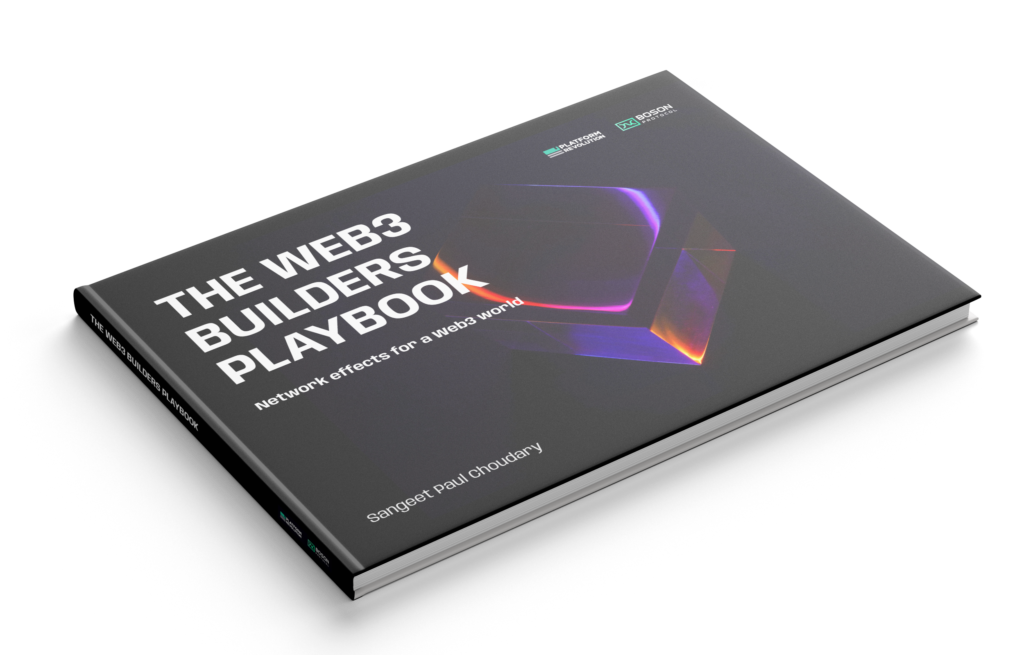
DOWNLOAD THE WEB3 PLAYBOOK
State of the Platform Revolution
The State of the Platform Revolution report covers the key themes in the platform economy in the aftermath of the Covid-19 pandemic.
This annual report, based on Sangeet’s international best-selling book Platform Revolution, highlights the key themes shaping the future of value creation and power structures in the platform economy.
Themes covered in this report have been presented at multiple Fortune 500 board meetings, C-level conclaves, international summits, and policy roundtables.
Subscribe to Our Newsletter



